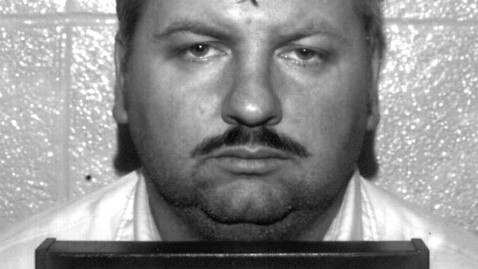Texas Lab Holds Key to John Wayne Gacy Secrets

A lab in Fort Worth, Texas, may hold the key to unlocking one of the nation’s most notorious cold cases: the eight unknown victims of serial killer John Wayne Gacy.
The infamous mass murderer killed 33 young men and boys in the 1970's. Most of the bodies were buried in and around Gacy’s suburban Chicago home. Back then, before the days of DNA testing, investigators had to rely mainly on dental records.
Eight bodies, of boys and young men aged 14 to 27, were never positively identified. Their remains were exhumed earlier this year in an effort by Cook County Sheriff Tom Dart to finally clear up the mystery.
Technicians at the University of North Texas Health Science Center are employing their sophisticated testing technology to provide critical clues. Forensic pathologist Dr. Arthur Eisenberg told WLS-TV, “It’s not so much that it was a high-profile serial killer, but the fact is these families have gone this long without knowing.”
Dart has asked families whose missing relatives fit the profile to provide DNA samples. Dart told ABC News that the publicity surrounding the cold case “has turned into some very strong possibilities for identifying these victims from DNA.”
Even if the samples provided by families do not match the remains of Gacy victims, technicians at the Texas lab will check them against a Department of Justice database containing an estimated 40,000 other unidentified bodies across the U.S.
“If their samples can get into the national databases, then their cases are active. They’re not cold,” said Eisenberg.
In the next few weeks, the lab hopes to determine whether it can, at long last, take advantage of the latest DNA technology so it can attach names to the eight unidentified victims. Said one lab technician: “We have all the new toys.”
Dart told WLS-TV he hopes the results bring some peace to their families: “In some instances, the results are going to be, we still haven’t found your loved one, but he was not one of (Gacy’s) victims, which should be some level of relief.”